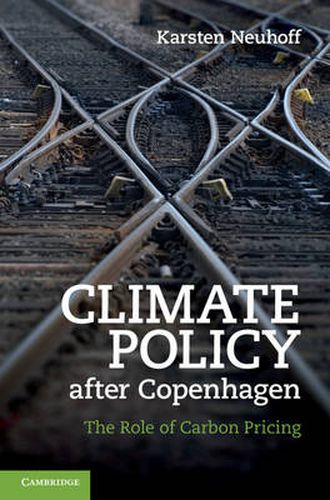Readings Newsletter
Become a Readings Member to make your shopping experience even easier.
Sign in or sign up for free!
You’re not far away from qualifying for FREE standard shipping within Australia
You’ve qualified for FREE standard shipping within Australia
The cart is loading…






At the UN Climate Negotiations in Copenhagen, 117 heads of state concluded that low-carbon development is necessary in order to combat climate change. However, they also understood that transition to a low-carbon economy requires the implementation of a portfolio of policies and programs - a challenging endeavour for any nation. This book addresses the need for information about factors impacting climate policy implementation, using as a case study one effort that is at the heart of attempts to create a low-carbon future: the European Emission Trading Scheme. It explores problems surrounding the implementation of the ETS, including the role of vested interests, the impact of design details and opportunities to attract long-term investments. It also shows how international climate cooperation can be designed to support the domestic implementation of low-carbon policies. This timely analysis of carbon pricing contains important lessons for all those concerned with the development of post-Copenhagen climate policy.
$9.00 standard shipping within Australia
FREE standard shipping within Australia for orders over $100.00
Express & International shipping calculated at checkout
At the UN Climate Negotiations in Copenhagen, 117 heads of state concluded that low-carbon development is necessary in order to combat climate change. However, they also understood that transition to a low-carbon economy requires the implementation of a portfolio of policies and programs - a challenging endeavour for any nation. This book addresses the need for information about factors impacting climate policy implementation, using as a case study one effort that is at the heart of attempts to create a low-carbon future: the European Emission Trading Scheme. It explores problems surrounding the implementation of the ETS, including the role of vested interests, the impact of design details and opportunities to attract long-term investments. It also shows how international climate cooperation can be designed to support the domestic implementation of low-carbon policies. This timely analysis of carbon pricing contains important lessons for all those concerned with the development of post-Copenhagen climate policy.